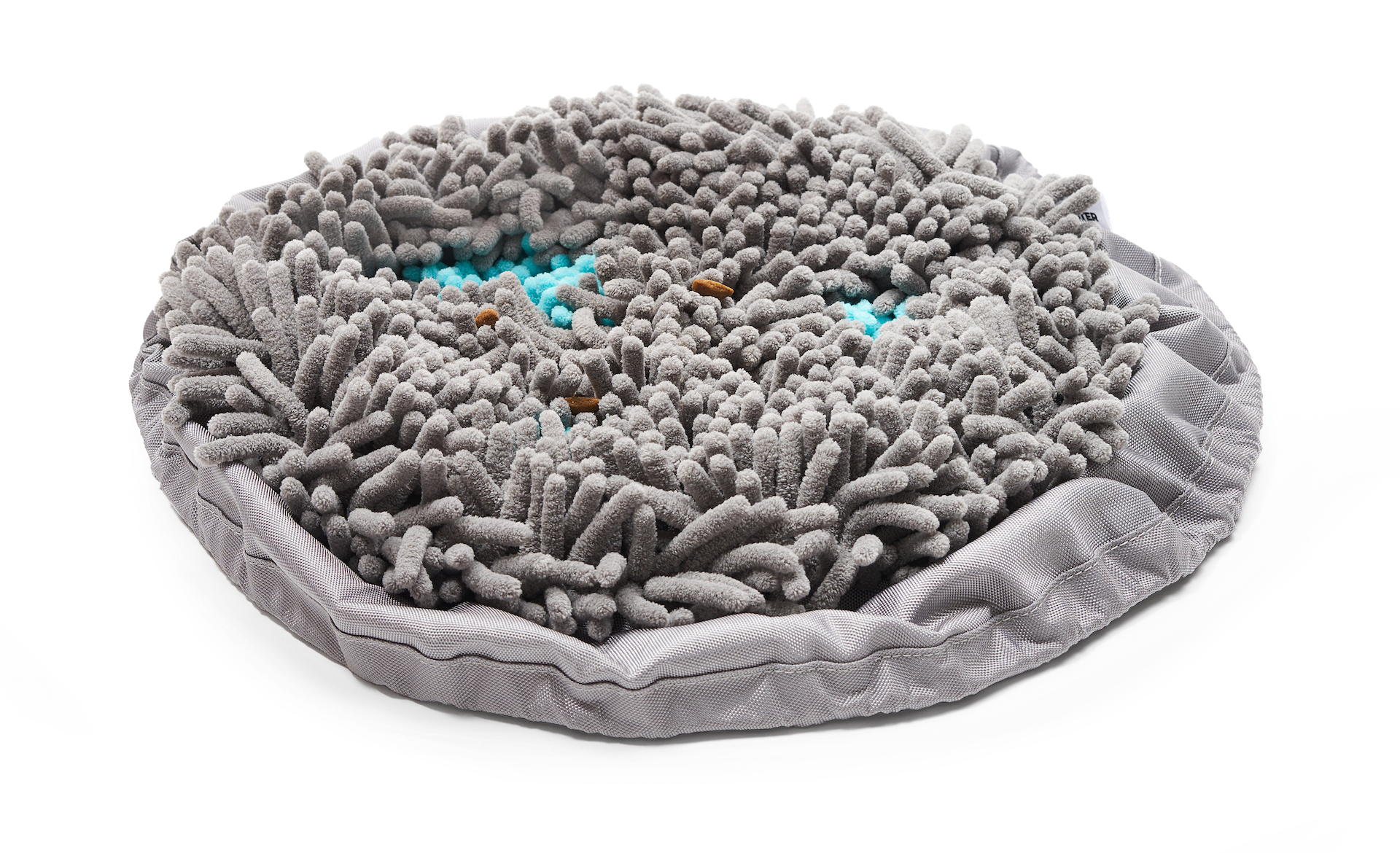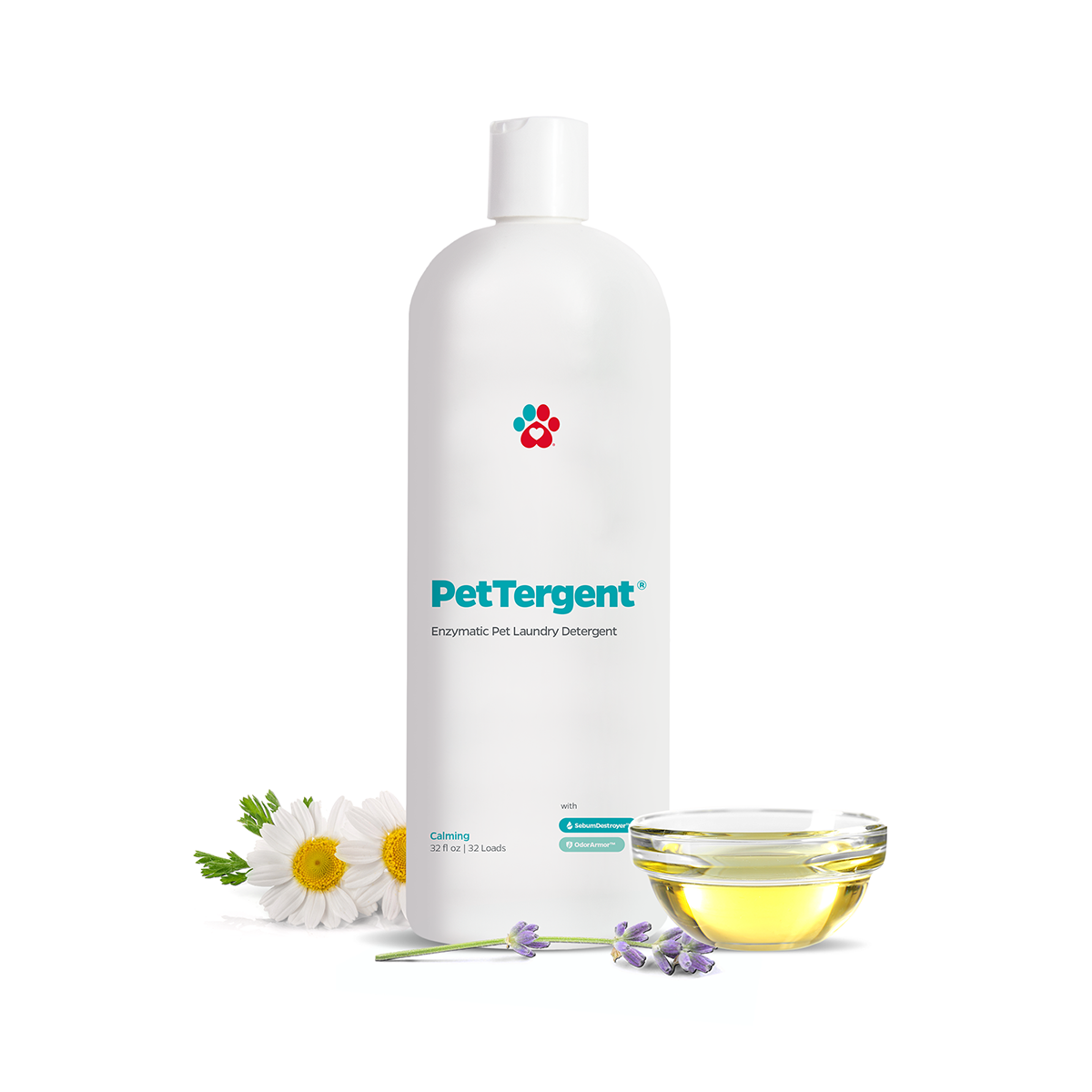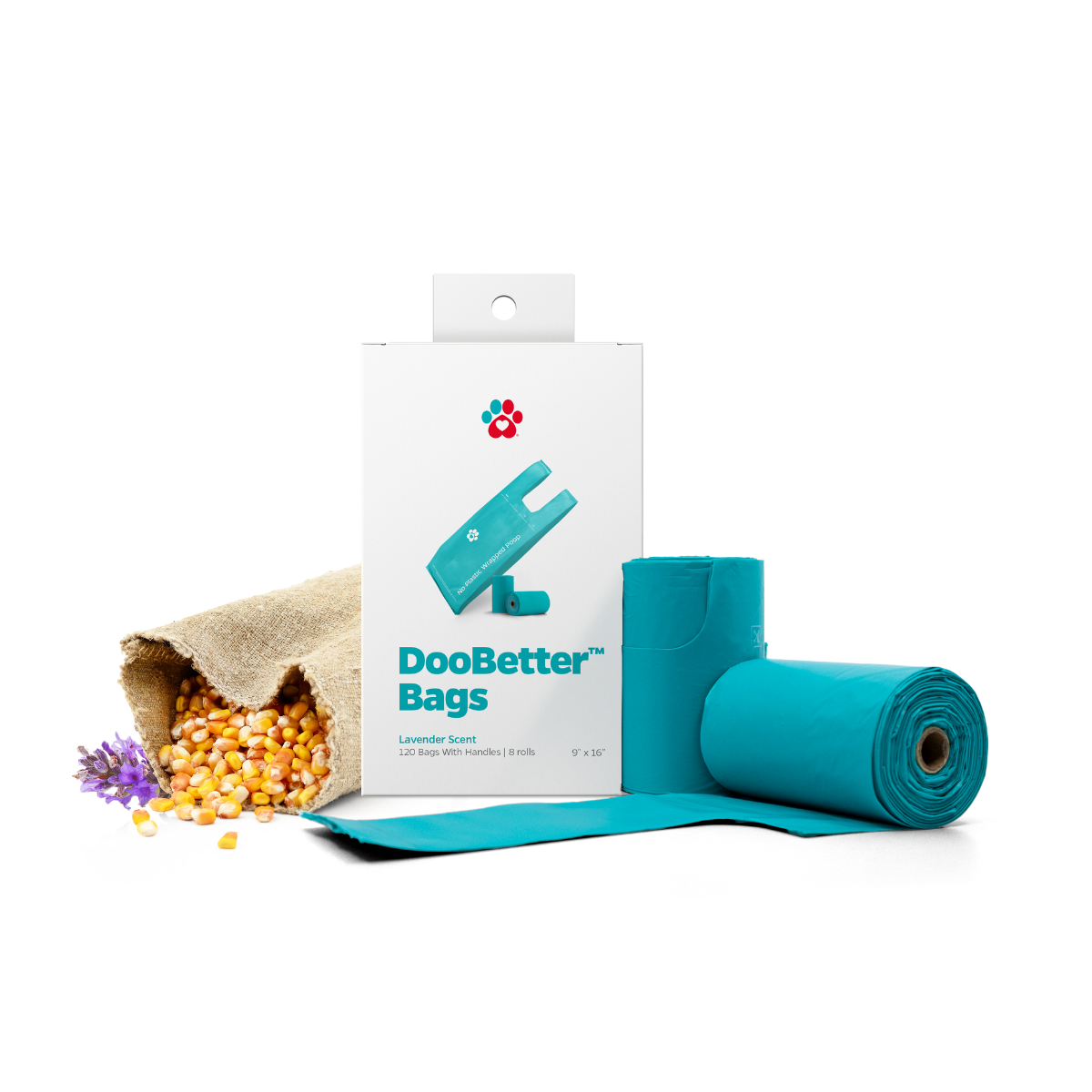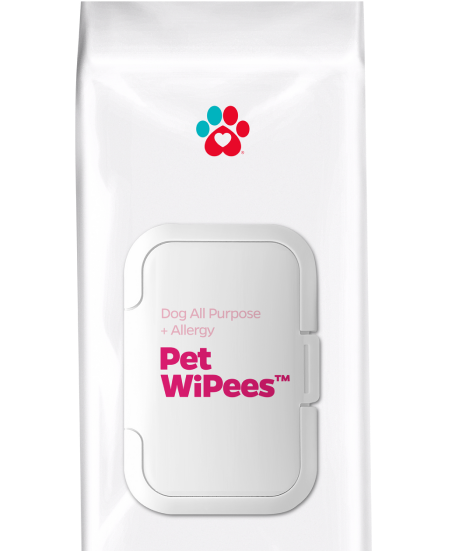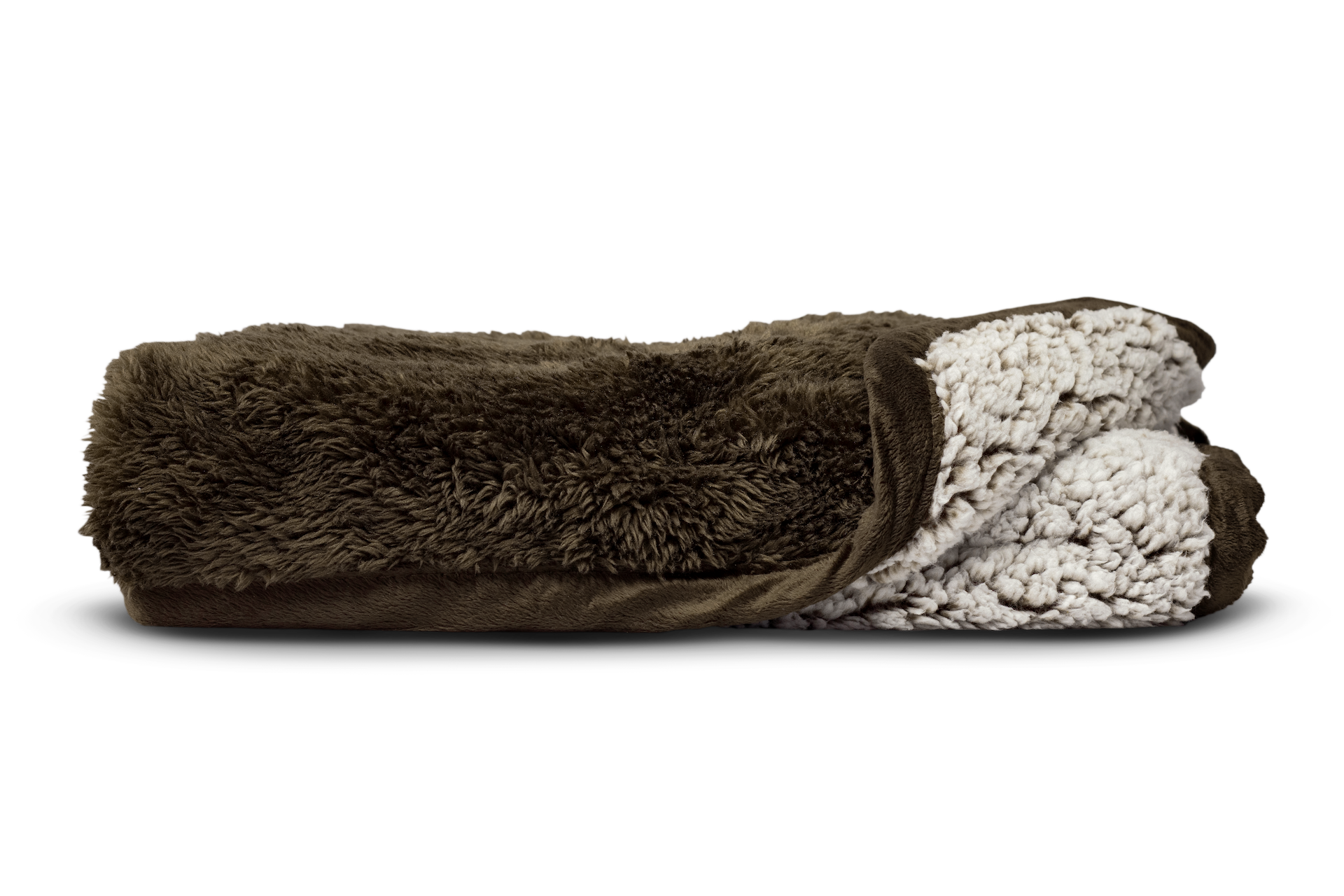Acid reflux in dogs, also known as gastroesophageal reflux disease (GERD), is a common condition that affects furbabies. As stated by petMD, it occurs when the stomach acid flows back into the esophagus, causing irritation and discomfort. While occasional acid reflux is normal, chronic or severe cases can lead to more serious health issues in dogs.
In this article, we will talk about symptoms, causes, vets diagnosis for acid reflux in dogs. We will also cover acid reflux management and treatment for dogs.
Symptoms of Acid Reflux in Dogs
Recognizing the symptoms of dog acid reflux is crucial for early detection and treatment. Some common signs to watch out for include:
- Regurgitation: Dogs may bring up food or bile shortly after eating. Regurgitation in dogs is a common occurrence that can be triggered by various factors. It is the process of expelling food, or bile, from the stomach and into the mouth. It typically occurs shortly after eating. This behavior can be alarming for pet parents, but it is important to understand the reasons behind it. You can differentiate it from a dog throwing up, as regurgitation and vomiting are distinct processes with different underlying causes.
- Dog throwing up: In more severe cases, dogs may vomit frequently. A dog throwing up is a common gastrointestinal symptom in dogs. While occasional dog throwing up may not necessarily be cause for alarm, frequent or severe vomiting can indicate underlying health issues that warrant attention.
- Excessive drooling: Acid reflux can cause increased salivation in dogs. The presence of stomach acid in the esophagus can irritate the lining of the lower esophageal sphincter. Dogs may respond to this irritation by producing excess saliva, which can help soothe the discomfort. This excessive salivation is an instinctive response to alleviate the burning sensation caused by the acid.
- Loss of appetite and weight loss: Dogs with acid reflux often exhibit a decreased interest in food. This is one of the common clinical signs associated with this gastrointestinal condition. Acid reflux can cause various discomforts and sensations that make dogs less enthusiastic about eating
- Coughing or gagging: Dogs may experience coughing fits or frequent gagging. These symptoms often arise as a result of irritation and discomfort caused by the backflow of stomach acid into the esophagus and throat.
If you notice any of these symptoms in your furbaby, consult with your veterinarian for a proper diagnosis and treatment plan.
"Acid reflux can irritate the lining of the lower esophagus. Dogs may respond to this irritation by producing excess saliva, which can help soothe the discomfort."

Causes of Acid Reflux in Dogs
The development of acid reflux in dogs can be influenced by several factors. It is often the result of a combination of these factors. Understanding these contributing factors can help in managing and preventing dog acid reflux.
Dietary Habits
Dietary habits play a significant role in the development and management of acid reflux in dogs. Feeding practices can either contribute to or help mitigate the risk of acid reflux.
Large Meals: Feeding your dog large meals can put added pressure on the stomach. When a dog consumes a substantial amount of food at once, it stretches the stomach. This may potentially cause it to distend and compress the lower esophageal sphincter, the muscular ring that separates the stomach from the esophagus. This pressure on the LES can weaken its function, allowing stomach acid to flow back into the esophagus more easily. This can lead to acid reflux in dogs.
Prevention and Management: To reduce the risk of acid reflux due to large meals, consider dividing your dog's daily food intake into smaller, more frequent, meals. Feeding smaller portions throughout the day can help prevent overeating and reduce the pressure on the LES.
Eating Too Quickly: Some dogs are eager eaters and may consume their meals rapidly. Rapid eating can lead to gulping of air along with food, increasing the likelihood of bloating and regurgitation, which can contribute to acid reflux.

Prevention and Management: Use Forager® Bowls or Forager® Mats that require your furbaby to work for their food. Designed with comfort in mind, our proprietary SoftSnout® Material is the softest material available for slow feeders. Also, divide your dog's meal into smaller portions and place them in different areas, encouraging movement between bites.
You may also consider raising your dog's food bowl to a higher level. This prevents them from eating too quickly and minimizes the risk of acid reflux.
Obesity
Obesity is a condition characterized by an excess accumulation of body fat. It can have far-reaching consequences on a dog's health, including its gastrointestinal well-being. In the context of acid reflux, obesity plays a significant role due to the added pressure it exerts on the stomach.
In obese dogs, there is a surplus of fatty tissue surrounding the abdominal area. This excess fat creates added intra-abdominal pressure on the stomach. As a result, the stomach can become compressed and pushed upwards, which can lead to the weakening of the LES.
Prevention and Management: Promoting a healthy lifestyle through regular exercise and a balanced diet can help your furbaby maintain a healthy weight. It can help reduce the risk of obesity-related health issues, including dog acid reflux. Your furbaby’s balanced diet may include dog supplements like Multifunctional SoftSupps® and Probiotic SoftSupps®.
Multifunctional SoftSupps® are enhanced, 5-in-1 Multivitamins dog supplements with PurforMSM® Vitamin C for Dogs and other ingredients to help promote powerful daily health support. Probiotic SoftSupps® are dog supplements that may help with dog diarrhea help and dog upset stomach. Active ingredients like MS-99® help to support a healthy digestive & immune system for your furbaby.
"Probiotic SoftSupps® provide immune & digestive support for dogs."
Additionally, avoid certain foods like fatty meats, spicy ingredients, and high-fat treats that can trigger acid reflux. Be mindful of what you feed your dog and avoid these triggers if necessary.
Hiatal Hernia
Hiatal Hernia occurs when a portion of the stomach, often accompanied by the lower esophagus, protrudes or pushes through an opening in the diaphragm muscle called the hiatus. This situation can give rise to acid reflux, and understanding its mechanism is essential to appreciate how it leads to this gastroesophageal issue.
A hiatal hernia can develop when there is a weakening or disruption in the muscle and tissue surrounding the hiatus, the opening in the diaphragm through which the esophagus passes to connect to the stomach. This weakening can be caused by various factors, including age, injury, or even genetic predisposition.
Veterinarians typically diagnose hiatal hernias through a combination of physical examination, imaging studies (such as X-rays or ultrasound), and, in some cases, endoscopy to directly visualize the hernia and assess its severity.
Prevention and Management: The treatment approach for hiatal hernias in dogs depends on the severity of the condition and the associated symptoms. Feeding smaller, more frequent meals can help reduce the risk of regurgitation and acid reflux. Veterinarians may also prescribe medications to manage symptoms, such as antacids to reduce stomach acid production or prokinetic drugs to improve gastric emptying. In more severe cases, surgical correction of the hiatal hernia may be necessary to reposition the stomach and repair the diaphragmatic opening.
Early diagnosis and appropriate treatment can help manage the condition and improve the dog's quality of life.
Certain Medications
Certain medications, including nonsteroidal anti-inflammatory drugs (NSAIDs), have the potential to irritate the stomach lining and increase the risk of acid reflux in dogs
Remember, it is always best to consult with your veterinarian for personalized advice based on your dog's specific needs.
Acid reflux in dogs is a manageable condition with proper care and treatment. By recognizing the symptoms early on and implementing appropriate measures, you can help improve your furry friend's quality of life.

